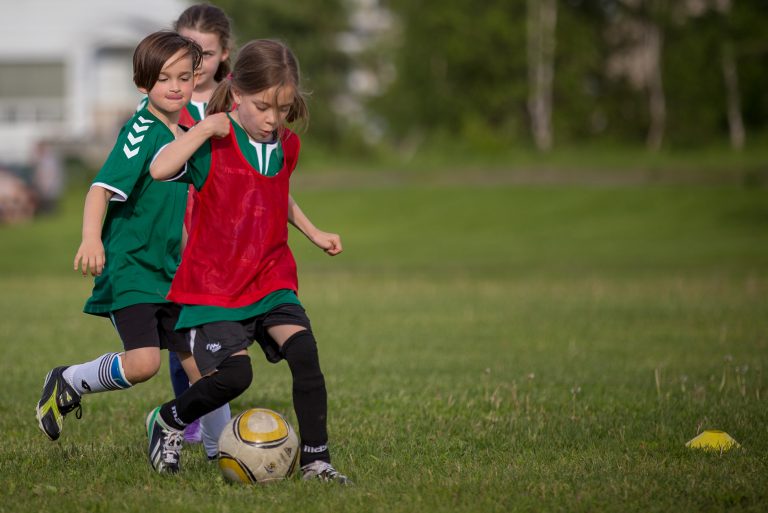Timing is essential for your child’s movement abilities and physical literacy. You want them to succeed and reach all their goals. According to Jim Grove, for children to reach their full potential, they must have age-appropriate experiences at the right time. Children must engage in active play to develop gross motor skills, especially during their early years. They will benefit from well-designed physical activity programs during their elementary school years. Jim Grove describes foundational activities, sports, and games for children that promote excellent movement and physical literacy development.
Ages 1-3 years: Beginning with tummy time and simple activities will provide your child with the necessary movement development. You can introduce a broader range of activities both inside and outside during the toddler stage (ages 1-3). Walking, running, ball play, bath time, playing catch, and riding toys are all developmental activities for children during these years.
Ages 3-6 years: Most of the activities should be simple, unstructured, and play based. It is critical at this age to mix moderate to vigorous intensity activity. Consider family swims, ice skating, skiing, gymnastics, and bike riding at this age, and introduce sports and family play.
Ages 6-9 years: At this age, children should be refining their gross motor skills learned in the early years and beginning to develop their fundamental movement and sports skills. Gymnastics, swimming, soccer, various sports, and winter activities are all options at this age.
Ages 10-12 years: During this age, the child’s choice of sports and activities should be based solely on their interests and preferences. It should be their choice, not the adults in their lives.
Ages 13-14: At this point, your child can begin to consider specializing in one sport.
To learn more about each activity at each stage and age, please take a deeper look at Jim Grove’s findings. Happy reading!













